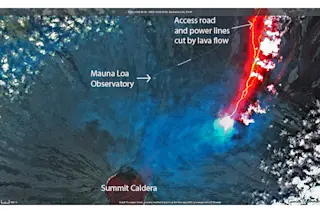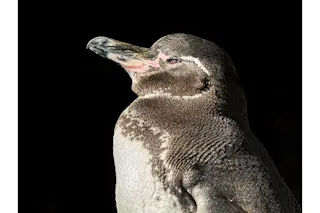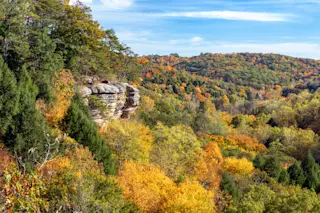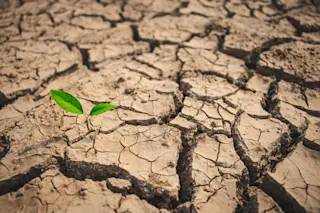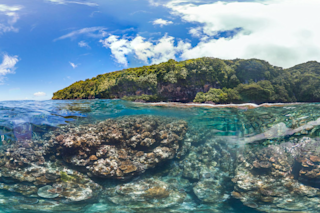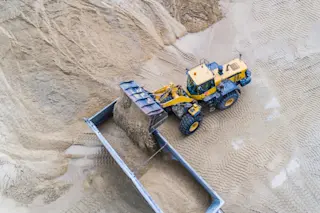At the bottom of the ice sheet at the bottom of the world lies one of the most pristine and tantalizing places on the Earth—a lake beneath Antarctica that has been isolated for millions of years. Soon, humans will get a glimpse of Lake Vostok.
Since 1990, the Arctic and Antarctic Research Institute [AARI] in St Petersberg in Russia has been drilling through the ice to reach the lake, but fears of contamination of the ecosystem in the lake have stopped the process multiple times, most notably in 1998 when the drills were turned off for almost eight years. Now, the team has satisfied the Antarctic Treaty Secretariat, which safeguards the continent’s environment, that it’s come up with a technique to sample the lake without contaminating it. [Wired]
At about 6,200 square miles, Vostok
is nearly the size of Lake Ontario
. Its temperature actually remains a few degrees below ...





